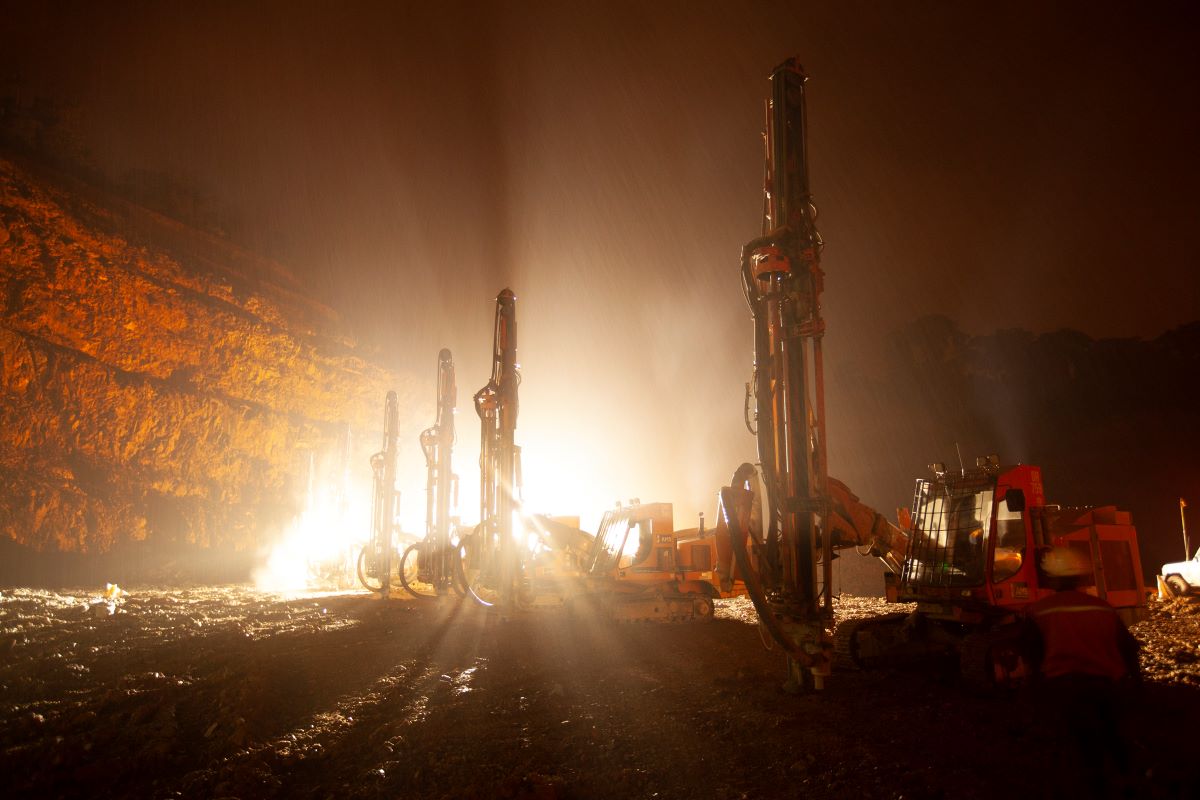
The hazards of harmful dust are everywhere and well-documented in today’s world. From severe health impacts on human beings and wildlife to environmental damage and even wear and tear on machinery, dust is the source of many problems.
Until recently, most of us – particularly those working in heavy and remote industries – have gone about our daily lives unaware of the danger around us. But thanks to awareness campaigns by leaders from environmental organisations, businesses and government, we now know and can work to mitigate the dust problem.
Many of these campaigns have been very successful by focusing on education. This has helped everyday people to take steps towards reducing their contributions to the problem. In practice, this often includes planting trees and other vegetation to help stabilise the soil. At the same time, people can keep their homes and businesses clean to minimise the dust generated and inhaled.
Over time and with diligence, the harmful dust can start to be controlled.
As it turns out, even small actions taken as part of a larger group can make a big difference in the fight against dust pollution. Let’s now explore what happens when the dust issue is swept under the rug.
Dust is an everyday problem in many parts of the world, particularly in arid and semi-arid regions, and while it’s hard to eliminate, dust still needs tight controls.
Made up of tiny particles – the most harmful of which can be suspended in the air and then inhaled by humans and animals – dust is often totally invisible.
This makes it a lurking hazard throughout our environments.
The health hazards of dust are wide-ranging, with the most common including:
But dust can also harm our wildlife.
And it’s particularly relevant to those creatures living in dusty environments like farms and close to construction or resource sites. Just like humans, animals can inhale dust, which causes respiratory problems.
Dust particles can also irritate their eyes, leading to infections and additional health problems. While contaminated animal feed and water are a leading cause of digestive problems and more complex health issues in animals.
These facts should give us pause for thought about the hidden impacts of dust in our communities and local settings.
Dust also has severe consequences for the environment.
By reducing visibility, dust often leads to accidents on roads and even at airports.
In addition, it’s also responsible for crop damage, reducing yields and causing financial losses. In a paradox, dust contributes to soil erosion, leading to the loss of productive soil and general degradation of the surrounding environment.
What’s on display here is that while it’s often hard to see physically, harmful dust stretches its fingers into almost every aspect of life on Earth.
Your feedback is important to us.
If you enjoyed reading this Global Road Technology industry update and found it informative, please let us know by leaving a REVIEW.
In today’s world, the problems posed by dust simply can’t be ignored.
As we’ve discussed, its harmful effects can be felt by everyone, alongside our flora and fauna and even the broader environmental landscape. This means that education and practical advice are at the forefront of the battle against dust and its impacts.
Successful campaigns worldwide have empowered people to take dust mitigation and control into their own hands, but more work must be done. The key to this is to keep the lines of communication open and ensure that people are aware of the hazards, even when the cause is too small to detect with the naked eye.
If dust control is an issue for your exploration or resource business, check out GRT’s tailored solutions, including our industry-leading SMART Dosing Units!
Or, if you’d like to talk with an expert, simply contact us!
Are environmental regulations, health and safety concerns or potential profit loss a concern right now?
Contact Us Now